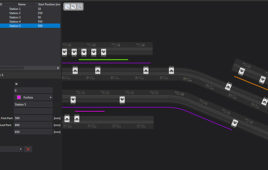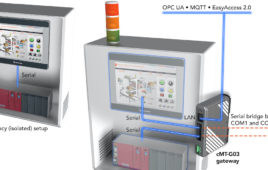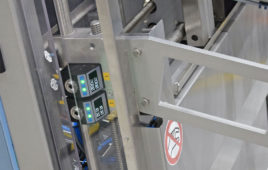Almost every work environment has its fair share of hazards, but the industrial field is arguably the most dangerous. According to research conducted by a multidisciplinary team at MIT, the three greatest hazards industrial workers face (resulting in fatalities) are exposure (workers are frequently exposed to chemical and physical agents), falls (37 percent of fatalities in the construction industry are attributed to falls. Four out of seven fatalities in 2016 being attributed to falls in the European oil refining industry), and load lifting (workers frequently incorrectly estimate weight loads and ignore limits as a result).
The MIT research team determined these results through researching existing literature, interviewing with plant supervisors and workers, along with studying video recordings of workplace production areas. The team’s research won them best research paper at the Petra Conference in June, which covered the application of IoT wearables to industrial safety. The MIT development team also comprised a sophisticated and purpose-built prototype, which not only helped make their research more tangible and predictive about how the IoT will unfold and play a role in the future of industrial safety, but will directly address mitigating injuries from the aforementioned scenarios.
The MIT team’s prototype came in the form of a vest embedded with sensors that monitor the body’s respiration, heart rate, and galvanic skin response (GSR), which measures the individual’s emotional state. The vest features 16 haptic devices, which send sensation messages to the wearer, and tie into a 32-bit ARM processor connecting the vest to an outer layer jacket. The prototype also features environmental monitoring sensors measuring air quality, noise levels, smoke, and airborne chemicals. The vest can trigger alerts for dangerous conditions by communicating to the worker using these haptic sensations, and send an alert to the dashboard of a supervisor or manager.
Load lifting is monitored by work shoes with embedded force sensors, which vibrate if the worker is handling an excessive load, while also notifying nearby coworkers. The prototype also features a carabiner—a safety strap tethering the worker to something stationary when operating at heights that includes a wireless module and pressure sensor. The worker wearing this protective apparel connects to the dashboard of their supervisor and fellow peers through a ZigBee mesh network. Individual biosensors communicate, which are then analyzed by a system to measure worker’s vitals (like stress levels), which are selectively reported to both peers via haptic sensation and dashboard.
The prototype also issues advanced warnings of potential harm to the wearer, using both environmental and biosensors to monitor the entire work environment. An altimeter and location sensor detects if a worker climbs to hazardous heights, and sends a signal to the database that notifies whether the worker is safely secured. If that’s the case, an actuator unlocks the worker’s toolbox, whereas haptic sensations alert the worker if they aren’t properly fastened.
The prototype’s combination of IoT components have thoroughly addressed the workplace hazards previously mentioned. While still in its early stages of development, the MIT researchers that worked on this project are truly confident they’ve made significant steps forward in shaping the future of hazardous workplace safety using a combination of modern innovative technology and statistical research they accumulated.
Filed Under: Sensors (pressure), M2M (machine to machine)




